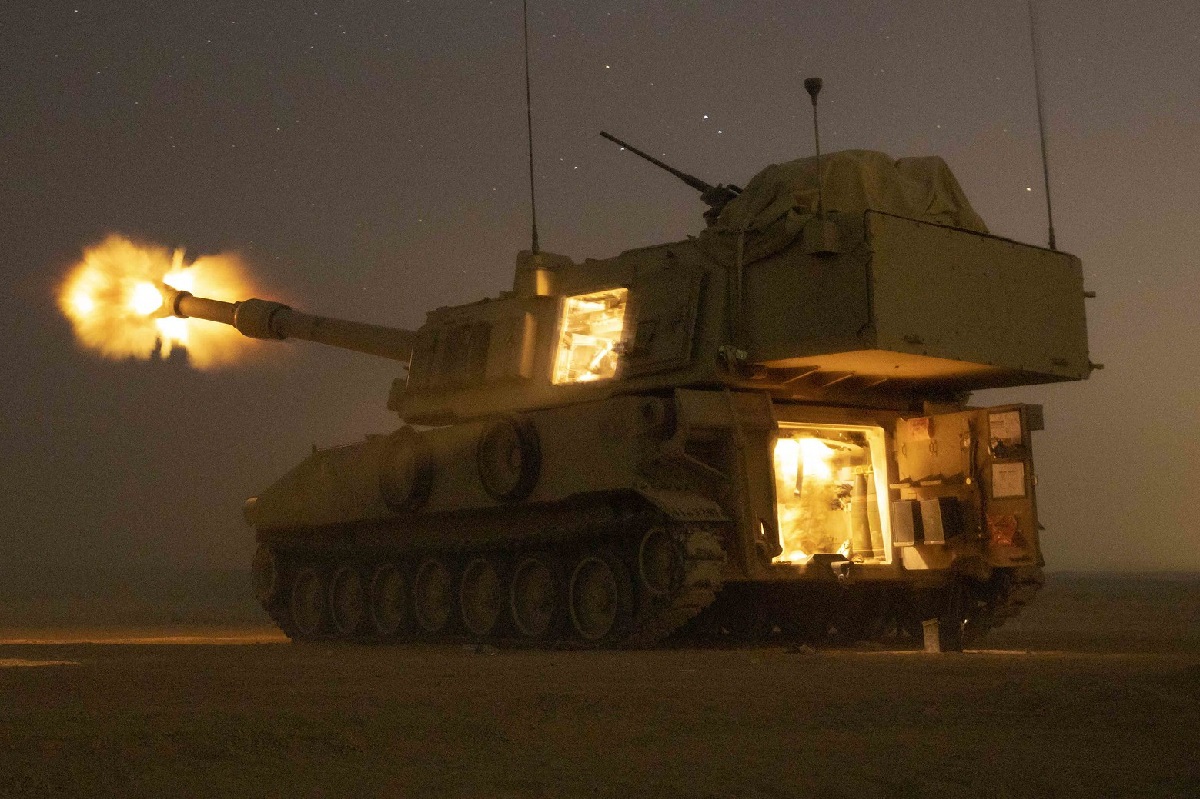When the Second Continental Congress delegates voted for a resolution on June 14, 1775, they had no idea they also founded America’s Army. On Monday, June 14, that Army turns 246.
The delegates directed “six companies of expert riflemen be immediately raised in Pennsylvania, two in Maryland, and two in Virginia.” Each company consisted of “a captain, three lieutenants, four sergeants, four corporals, a drummer or trumpeter and sixty-eight privates.”
“Each company … shall march and join the army near Boston, to be there employed as light infantry, under the command of the chief Officer in that army.”
Today, a company consists of 80 to 150 soldiers led by a captain.
The fledgling nation found itself in dangerous times when the Revolutionary War erupted at Lexington and Concord on April 19 that year.
By June—the month the Army formed—New Hampshire, Connecticut, Massachusetts, and Rhode Island militias had contained the British troops in Boston, but the New Englanders needed soldiers and supplies. The Continental Congress sent a small force to Boston.
The six authorized companies were the basis for the Continental Army, which evolved into the U.S. Army. The next day, Congress put George Washington, who later became the first U.S. president, in charge of the Army.
For more than 246 years, the Army has played a vital role in the history of the United States. The Army defends the nation by fighting wars, its most well-known contribution.
When the Army fights a major campaign, it adds a streamer—a narrow ribbon—to the Army flag. The Army flag has 190 campaign streamers today, ranging from the well-known Battle of Normandy that occurred from June to July 1944, to the more obscure Battle of Peking, which occurred during the 1900 China Relief Expedition.
Although the streamers are just pieces of cloth, their symbolism, especially to Army veterans, is immeasurable. The streamers represent dedication, sacrifice, and courage in ways most people can only dimly understand.
Countless Americans have served as national examples through their sacrifice and bravery in the Army, including George Washington and Mary Hays—known as “Molly Pitcher”—in the Revolutionary War, Alvin York in World War I, and Audie Murphy in World War II.
Molly Pitcher carried water to cool the cannon and soldiers in her husband’s battery. She allegedly took her husband’s place in the gun crew at the Battle of Monmouth Court House.
York, also known as Sergeant York, led an attack on a German machine-gun nest, gathering 35 machine guns, killing at least 25 enemy soldiers, and capturing 132 prisoners.
At age 19, Murphy singlehandedly held off a company of German soldiers for an hour in France, and then counterattacked while wounded and out of ammunition.
Countless other men and women served selflessly in conflicts such as these. Some took longer to gain appropriate notice, including World War II Army Lt. Vernon Baker, who fought in Italy but did not receive the Medal of Honor until 1997, perhaps because he was a member of a segregated division.
Baker destroyed several machine gun emplacement nests that had taken his company under fire. In doing so, he killed multiple Germans. He then attacked an enemy observation post and killed two occupants. Baker also attacked an enemy observation post and killed two of its occupants. Finally, he helped the wounded soldiers of his company escape by exposing himself to the enemy’s fire.
The Army also serves in peaceful times.
Most recently, the Army manned COVID-19 vaccination sites, co-led Operation Warp Speed’s efforts to develop vaccines, built additional hospital capacity, and helped run test sites.
The Army, particularly the National Guard, often supports the nation when natural disasters, such as hurricanes and tornadoes, occur. It provided support in the aftermath of Hurricane Katrina in 2005.
Army leaders often give brief and succinct orders. In the case of Katrina, the on-scene commander, Lt. Gen. Russel Honore, told the commander of the 82nd Airborne Division, “Your job is to fix the airport and fix New Orleans.” In its best tradition, the Army made it happen.
The Army has also served as an instrument for upward mobility. On July 26, 1948, when President Harry S. Truman signed an executive order desegregating the armed forces, he created increased opportunities and social mobility for Americans.
The 1944 GI Bill has helped millions of Americans attend college and obtain home loans. Military veterans, including those from the Army, volunteer and participate in civil society at a higher percentage than non-veterans.
It is hard to imagine a United States without a United States Army. For 246 years, it has played an important role in protecting and guarding the freedoms we cherish as Americans. If you see a soldier today, please wish him or her a very happy birthday.

